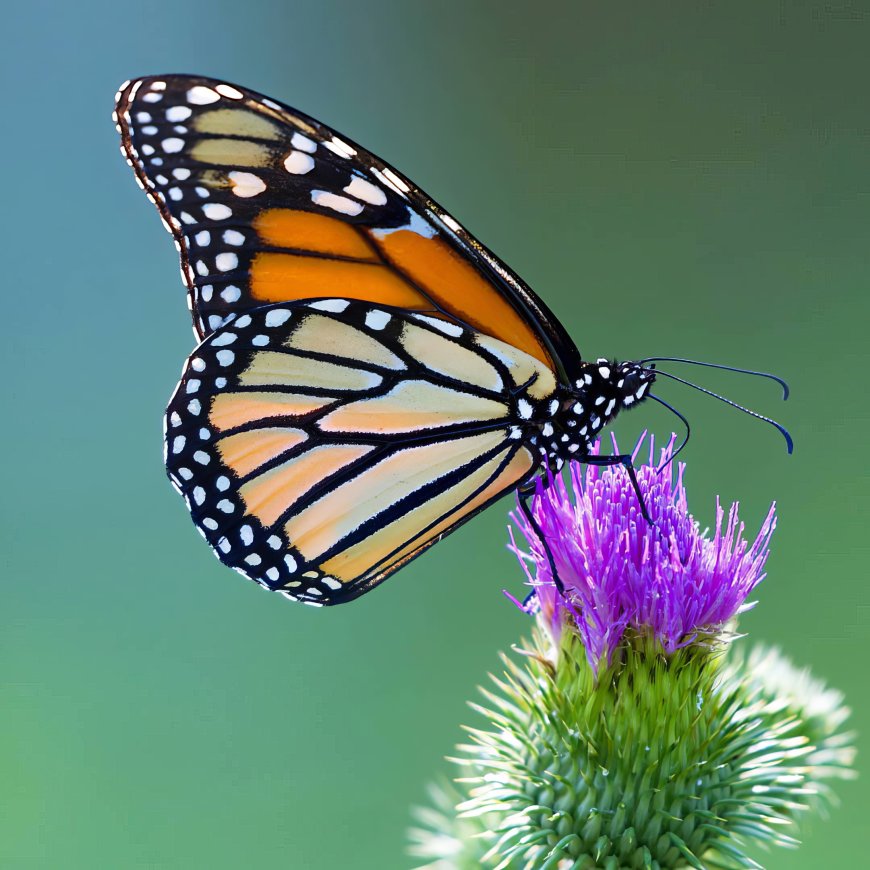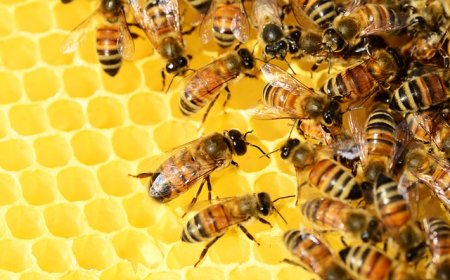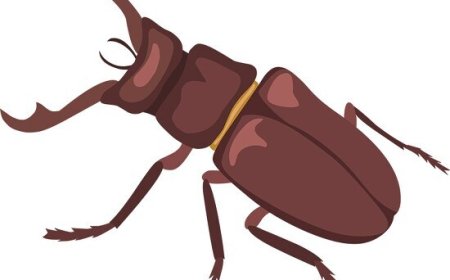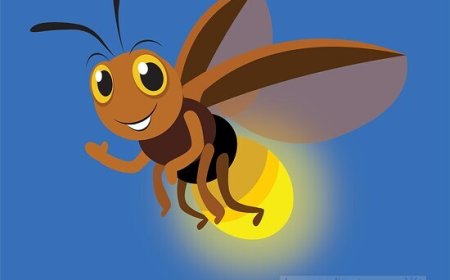Monarch Butterflies for Kids: Amazing Facts, Life Cycle, and Migration
xplore the world of monarch butterflies in this kid-friendly guide. Learn about their life cycle, migration, and why they are important to nature.

🦋 Monarch Butterflies: Nature’s Famous Travelers
🌼 Introduction
Monarch butterflies are some of the most beautiful and famous insects in the world. Known for their bright orange wings with black and white spots, monarchs are also famous for their long migrations across North America. These butterflies are important pollinators and a symbol of how amazing insect journeys can be.
In this article, you’ll learn where monarchs live, how they grow, why they migrate, and why they matter to the environment.
🧬 Classification and Scientific Background
Monarch butterflies belong to the insect order Lepidoptera, which includes all butterflies and moths.
Scientific Classification:
- Kingdom: Animalia
- Phylum: Arthropoda
- Class: Insecta
- Order: Lepidoptera
- Family: Nymphalidae
- Genus: Danaus
- Species: Danaus plexippus
The monarch butterfly is one of the most studied butterflies on Earth because of its unique migration and life cycle.
🦋 What Do Monarch Butterflies Look Like?
Monarchs are easy to recognize by their:
- Bright orange wings with black veins and white spots
- Black body covered in tiny white dots
- Wingspan about 3–4 inches (7.5–10 cm)
Monarch caterpillars are also distinctive:
- Yellow, black, and white stripes
- Two pairs of black tentacles
🌿 Where Do Monarchs Live?
Monarch butterflies live in:
- North America (United States, Canada, Mexico)
- Central America
- Some parts of South America, Australia, and Europe
During summer, monarchs spread out across fields, gardens, and meadows to breed and feed. In winter, they gather in huge groups to stay warm.
🍽️ What Do Monarchs Eat?
Caterpillars:
- Eat milkweed leaves, which make them toxic to predators.
Adults:
- Drink nectar from flowers like milkweed, goldenrod, and asters.
Milkweed is critical for monarch survival—it is the only plant their caterpillars will eat.
🐣 The Monarch Life Cycle
Monarchs go through complete metamorphosis with four stages:
- Egg
- Laid singly on the underside of milkweed leaves.
- Caterpillar (Larva)
- Hatches in about 4 days.
- Grows quickly, shedding its skin five times.
- Chrysalis (Pupa)
- Forms a bright green chrysalis with golden spots.
- Transformation takes about 10–14 days.
- Adult Butterfly
- Emerges with soft, crumpled wings.
- Pumps fluid into wings before flying.
✈️ Monarch Migration
Monarch butterflies are famous for their migration:
- Eastern Population: Travels up to 3,000 miles from Canada and the U.S. to central Mexico to spend the winter in oyamel fir forests.
- Western Population: Migrates to coastal California.
Monarchs are the only butterflies that make such a long round-trip journey every year.
🛡️ How Do Monarchs Defend Themselves?
Monarchs are protected by:
- Toxic chemicals (cardenolides) from milkweed that make them taste bad to predators.
- Bright colors that warn animals they are poisonous.
- Mimicry: The viceroy butterfly looks similar to monarchs to avoid predators.
🌍 Why Are Monarchs Important?
Monarch butterflies are:
- Pollinators: They help flowers and plants reproduce.
- Indicator species: Their decline shows problems in ecosystems.
- Educational symbols: Used to teach about migration and conservation.
✨ Interesting Facts About Monarch Butterflies
- Monarchs can fly up to 100 miles in one day.
- They are the only butterfly to migrate two ways like birds.
- Monarch caterpillars grow 2,000 times their original size in two weeks.
- Some monarchs travel over 3,000 miles to reach Mexico.
- Monarchs cluster by the thousands to keep warm in winter.
- The viceroy butterfly looks almost identical but is smaller.
- Monarchs can live up to 9 months if they migrate.
📝 Kid-Friendly Summary
Monarch butterflies are bright orange insects known for their long journeys. They lay eggs on milkweed, and their caterpillars eat the leaves to grow. Monarchs go through four life stages and then migrate thousands of miles to stay warm in winter. They are important pollinators and help scientists learn about nature.
🧠 Vocabulary Words
| Word | Definition |
|---|---|
| Lepidoptera | The insect order that includes butterflies and moths. |
| Metamorphosis | The process of changing from egg to adult in stages. |
| Chrysalis | The protective covering a caterpillar makes to become a butterfly. |
| Migration | Traveling long distances to survive seasonal changes. |
| Cardenolides | Chemicals from milkweed that make monarchs toxic. |
| Mimicry | Looking like another animal to avoid predators. |
| Pollinator | An animal that helps plants make seeds by moving pollen. |
| Milkweed | The only plant monarch caterpillars eat. |
| Indicator Species | A species that shows how healthy an environment is. |
| Viceroy Butterfly | A butterfly that looks like a monarch for protection. |




















































